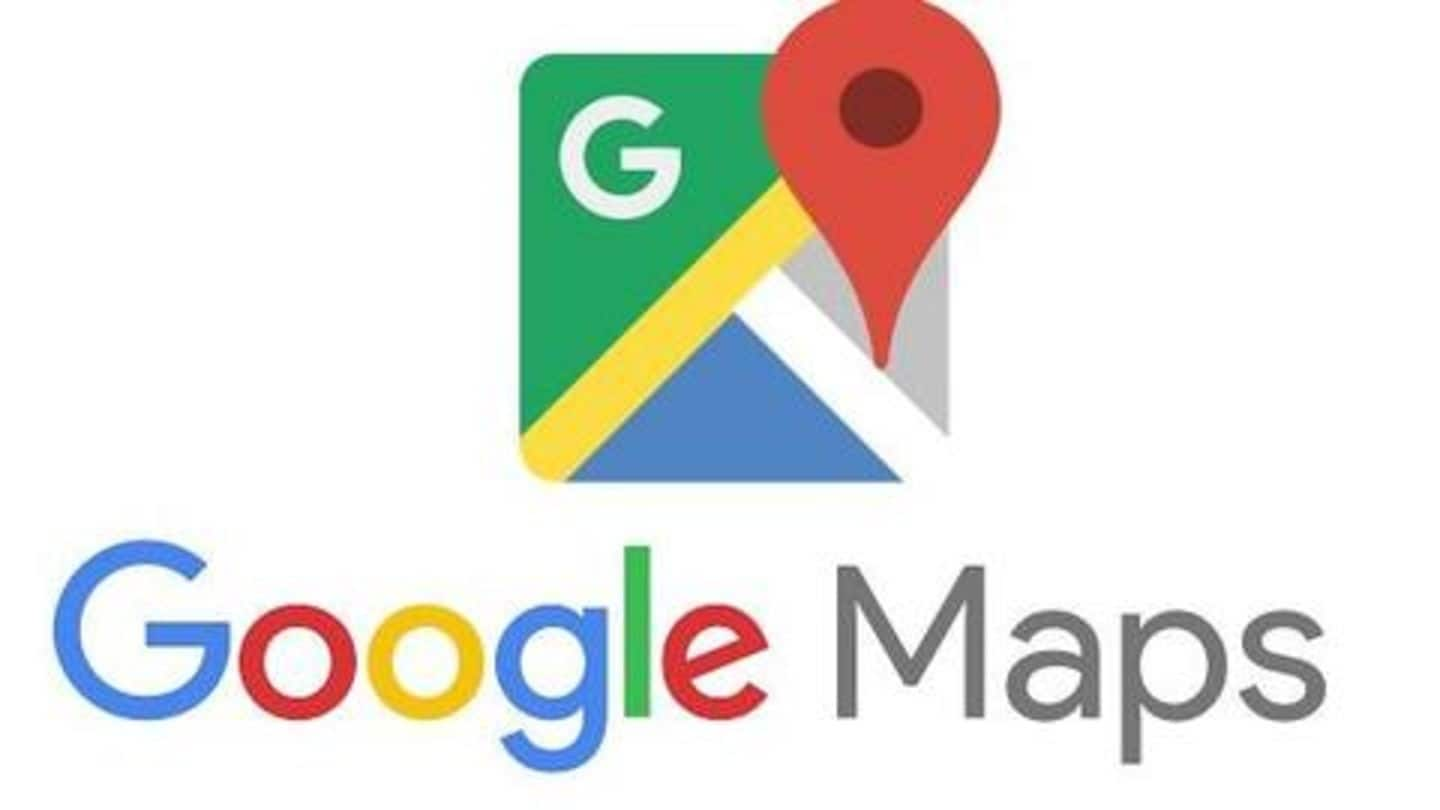
Soon, Google Maps will highlight images of popular restaurant dishes
What's the story
Google-maps'>Google Maps have long been serving as a source of discovery, be it for shopping malls, ATMs, gas stations or restaurants. The capability has proved handy for Google users and now, the search giant is improving it for food enthusiasts. It is testing a feature that would show you popular dishes at a particular place, complete with necessary photos. Here's how it will work.
Feature
New 'popular' dish tab in restaurant menu listing
Google Maps have been showing menus and photos of food being served at restaurants for a long time. However, as Twitter user Taylor Wimberly highlighted, the two features are now being combined into one. The menu segment, which mentions dish names and prices under different sections, will get a new tab called 'Popular dishes' and list meals that are appreciated at restaurants.
Twitter Post
Here's what the popular dish tab looks like
When did Google Maps get these crowd sourced menu pics? So valuable! pic.twitter.com/hOUOIIfbj9
— Taylor Wimberly (@wimbet) May 3, 2019
Selection
Dishes will be chosen on the basis of user reviews
The dishes featured in the popular section will define if you want to visit or order from a particular place. This is why Google will be curating this section on the basis of photos and reviews shared by previous visitors. The dish that will get most mentions in reviews will feature on the popular tab, along with the photos shared in the reviews.
Curation
Curation process, however, remains unclear
It isn't clear if Google is analyzing user reviews manually or employing some sort of algorithm to sift through reviews and pick popular dishes. Matching reviews with photos could be a difficult task because people tend to add different photos while mentioning something totally different in the review. However, considering Google's advanced image-recognition, we won't rule out the possibility of an automated system's involvement.
Availability
Notably, not everyone will see the new tab
The feature has just started rolling and isn't available for every Google Maps' user at this stage. This seems to suggest that the company is still testing it, and may or may not consider a wider roll-out depending on its usefulness. Either way, the move clearly shows Google is looking at the tiniest of details to serve Maps' users in the best possible way.